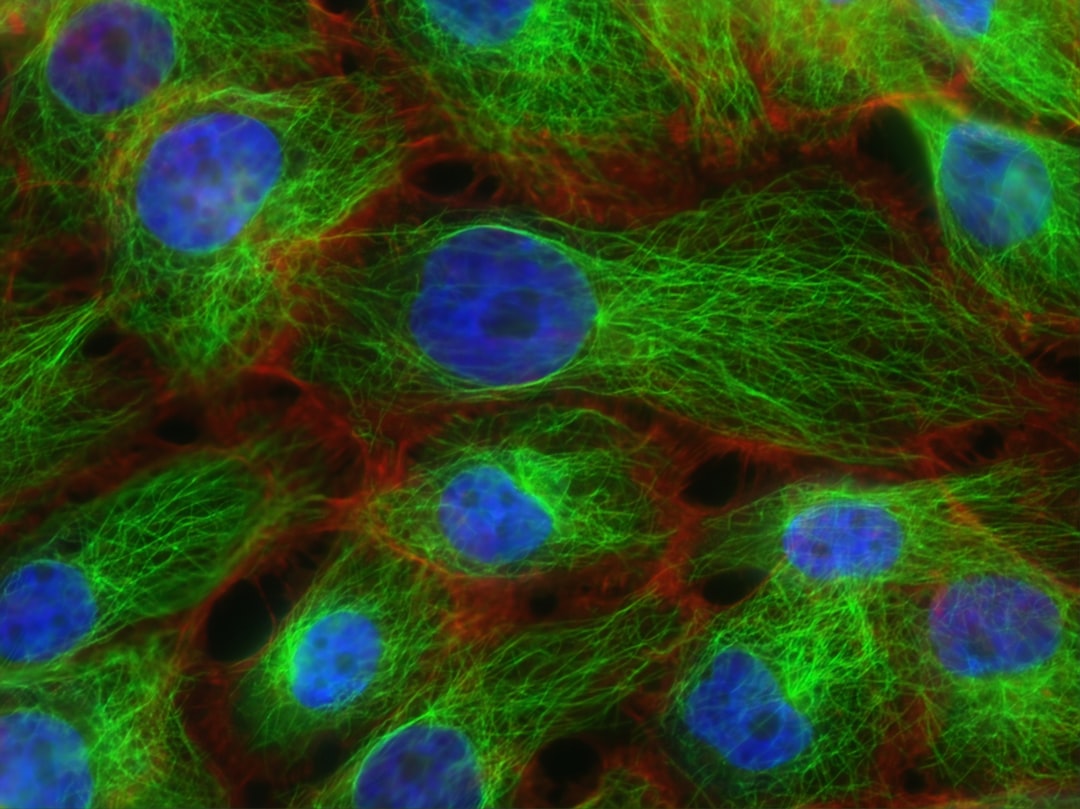What is it about?
In vestibular system (inner ear) plays an important role in balance as well as eye and head coordination. Dizziness and balance problems are common symptoms with inner ear dysfunction and frequently reported after head trauma. The purpose of this article is to review the physiology of the vestibular ocular reflex and dysfunction related to head trauma as well as discuss future research and clinical application.
Featured Image
Why is it important?
There is a growing amount of attention and research regarding the symptoms and long term risk associated with head trauma. Dizziness has been identified as the #1 predictor in a longer recovery and dizziness is one of the most common symptoms associated with inner ear dysfunction. Thus, it is critical to understand the physiology of the inner ear, how to accurately test its function and, above all, implement effective treatment strategies.
Perspectives
As clinicians and/or researches, we frequently have our "soap boxes." Understanding the peripheral and vestibular pathways is one of mine. Gold standard diagnostic testing frequently does not identify vestibular dysfunction, especially related to the vestibular ocular reflex (VOR). VOR dysfunction can result in movement-related dizziness. Implementing VOR testing is critical to any provider that is assessing someone with dizziness. Identifying the underlying causes of dizziness is critical to determine the best care plan, especially regarding treatment. The VOR has a high level of specificity -- retraining capabilities. It is time that all disciplines better understand VOR function and how effective appropriate rehabilitation strategies can decrease, and most often alleviate, an individual's movement-related dizziness.
Bridgett Wallace
360 Balance & Hearing
Read the Original
This page is a summary of: Traumatic brain injury and vestibulo-ocular function: current challenges and future prospects, Eye and Brain, September 2016, Dove Medical Press,
DOI: 10.2147/eb.s82670.
You can read the full text:
Contributors
The following have contributed to this page










